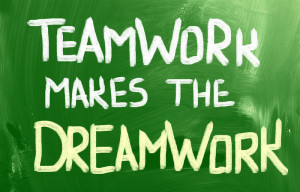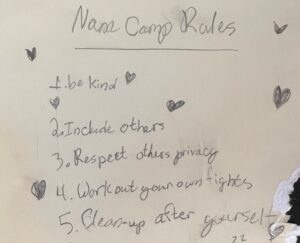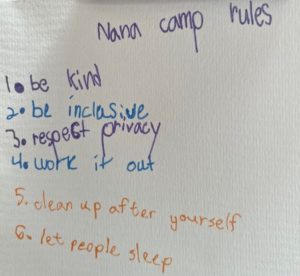Do you trust your team to cover when you are gone? I was inspired to comment on the importance of team, especially at this time of year, after listening to one of Bill Russell’s Friday podcasts on his ThisWeekHealth Newsroom show. If you are a regular listener, you know Bill comments on various topics on Fridays rather than focusing on a specific news story. This episode was called – “Step Aside”. It’s definitely one worth listening to.
ThisWeekHealth Newsroom show. If you are a regular listener, you know Bill comments on various topics on Fridays rather than focusing on a specific news story. This episode was called – “Step Aside”. It’s definitely one worth listening to.
He talks about lessons from a recent golf tournament where the format was more than what we golfers know as “best ball”. In this tournament, whoever had the best ball didn’t get to hit the next ball. Only the other three could hit it. This ensured everyone was participating fully on the foursome team.
He also talked about “hero culture” which I’m afraid many IT shops still depend on. We know that IT takes a team. And there is no “I” in team! When you or someone else takes a break or is unavailable, can your team cover or can at least one other person step in?
Let’s take that question a step further and apply it to the holiday season. Who is doing the holiday decorating, gift shopping and party planning in your household? Do you have a holiday “hero culture” at home? Or are you sharing the tasks?
I am getting ready for a multi-week vacation which has included working the pre-holiday to do list. Happy to say gift shopping is done! I’ll get as far as I can on all my work tasks and then do my handoff document for my StarBridge Advisors colleagues before I leave. With our team approach, I know everything will be covered just fine.
Whether at work or at home, there is no need to be a hero – think team and know that others will step up and maybe even grow with some new responsibilities. Note to parents – your home team includes your kids!
Wishing you a happy, healthy, stress-free and joyous holiday season!!









